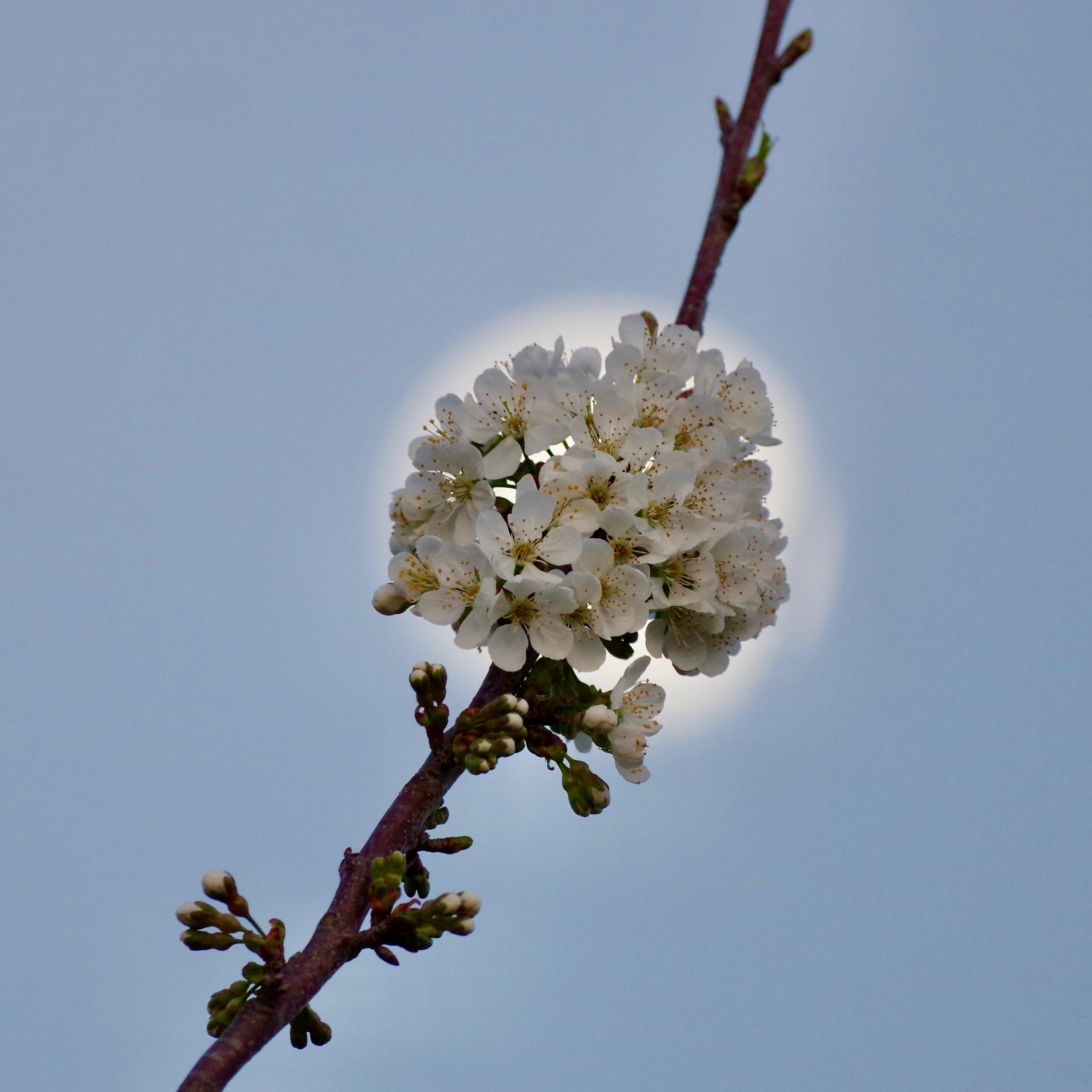It has been a few weeks since my last post. Busy times ! Spring is here, in a variety of senses, not least that I am finding some of my work mojo back after trying to reorganize my schedule to accomodate two jobs at once. It seems to work !
And then, good news…With a colleague at the SETE, we just had one of our interdisciplinary research proposals, submitted this winter, funded by the MITI, an internal formal research structure of CNRS aiming at fostering interdisciplinary research. This result finally provides a much needed institutional support for my efforts so far to craft a truly interdisciplinary project. In practice, it will provide two years of funding for me to commute to the SETE on a weekly basis, to invite a few scientific visitors, to buy a medium-size computing server to kickstart some (responsible) numerical modelling activities there, as well as a fully-funded PhD studentship grant for three years there. The project itself is going to be about modelling a variety of spatial effects impacting ecological community dynamics and biodiversity, a topic I identified as one of the most straightforward for me to jump into ecological research, coming from the modelling of nonlinear spatio-temporal complex processes in physics. The project also has an applied component, as we’ll try to use our numerical models to interpret and complement both experimental and field data analyses.
Relatedly, I have been invited to get involved in a research project with a new postdoc at the SETE, funded by another grant. I can’t say much about the project at this stage, except that it is surprisingly in tune with my existing modelling and theory skills, and also looks super-exciting and novel scientifically. I can’t wait to see where this one is going to take us too ! Finally, I’m trying to get a piggyback ride on another, more applied conservation research project at the SETE to learn what practical ecological research with potential short-term real-world consequences looks like.
I have already done a lot of very promising and exciting numerical developments last autumn for the science of the first two projects to become feasible (that is, as I will explain in due course, where the actual interdisciplinarity comes in), and so I am cautiously optimistic that we now can obtain some interesting first results on these projects on a timescale of a year.
So, overall, lots of very positive developments lately on the transition front ! It is, I must say, a real relief for me to see one year of hard work trying to learn a new field starting to pay off a bit, and to finally receive some institutional support acknowledging the seriousness and credibility of my interdisciplinary research initiative.

Paradoxically perhaps, relieved from the pressure of having to demonstrate my capability to do relevant research in two a priori very different scientific fields, all of this has given me some new impetus for astro and theoretical physics projects. I am currently trying to finish some solar research I left aside half-finished five years ago to free time for other things, I have been getting into a new (very theoretical) type of calculation, which I think could also become useful in due course in the context of ecological theory, with a newly hired colleague at IRAP, and I am also currently working with a recently arrived undergrad on another theoretical astro modelling thing for which I had done all the hard technical development over the last three years but had no time to turn into new science until recently. As often, I am relearning the lesson that it is much more fun and motivating to work with people, including students, than alone. I’ll post more about these projects in the future too, as some interesting results hopefully get out of them.
All in all, I now start to envision a medium-term future where I can keep a healthy balance, and nurture complementarity between ecological and (astro)physics research. This looks like a natural fit for my scientific personality and, as time goes and progress hopefully happens, I very much hope to gradually connect more and more to practical conservation research. I am, as you can probably read through these lines, very relieved to see that something exciting and serious is taking shape in my beloved Ariège region, and that my opening gambit to reorient my career towards research that make sense to me, and align with my values and concerns about what is going on in the world, did not end up as yet another failed research initiative like so many I took before in the astro world.
Now, let the scientific fun begin !


Leave a Reply